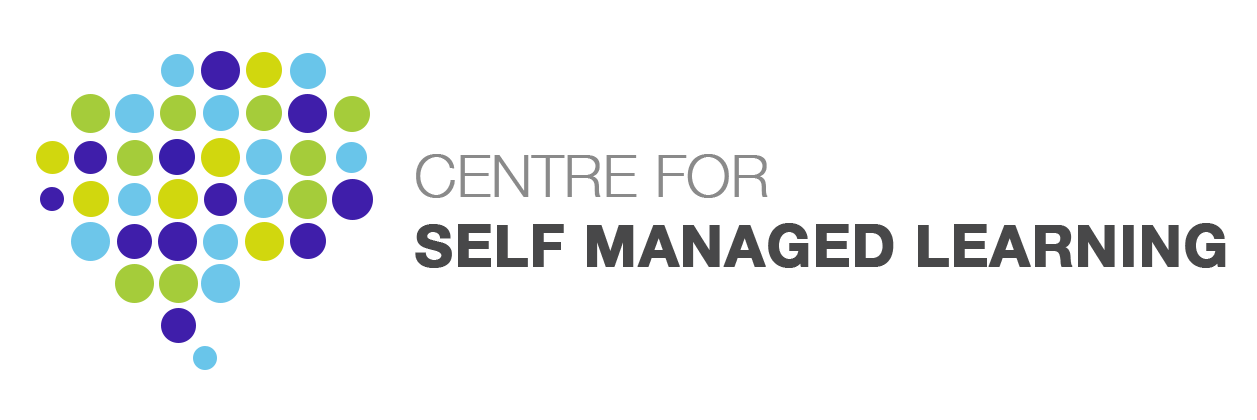11 Jun More Uses of the Five Questions – Coaching
 We have discussed before how valuable the 5 questions can be, in starting in a new organisation and in consulting.
We have discussed before how valuable the 5 questions can be, in starting in a new organisation and in consulting.
They can be equally useful in a coaching situation.
In this short article I have outlined how they might be used.
When working with a coachee, whom I will refer to as the learner, the coach can stimulate thinking and turn ideas into actions by using the 5 questions.
-
Where have I been?
-
Where am I now?
-
Where do I want to get to?
-
How will I get there?
-
How will I know if I have arrived?
Often a learner will have a particular situation that they want to discuss during a coaching session. It is not necessary to address the five questions in order, as often the learner may start from where they are now or where they want to be. For instance, the learner may be having difficulty with someone that they work with, and so the “Where am I now?” could be a statement of the situation such as, “I can’t seem to do anything right for my boss”.
It might then be useful to get them to think about how this has arisen – the “history” or “Where have I been?”; has this always been the case? Or has their relationship with their boss changed?
Once the history and present situation have been explored, the “Where do I want to get to?” question can be used to help the learner to visualise the situation that they want to achieve – what will their relationship with their boss be like? What will they feel like?
Knowing what they want to achieve and thinking about the situation when the change has taken place will help the learner to identify if this is what they really want and will aid them in thinking about how to achieve it. What will be different? and so What needs to change? For instance if they want a more co-operative relationship with their boss, What would this be like?
Leading on to how they will achieve this is the, “How will I get there?” question. This is often the time when the learner really wants advice from the Coach, but can be assisted to think through the alternatives and options that they might use. Discussing each option in detail with the learner so that they can examine each step, often helps them to select the course of action that they think will be the most successful, or to start with the approach that they feel most comfortable with first and then to move on to more “risky” actions later. For example, deciding to challenge the boss next time that they are critical could be too difficult a first step, whereas discussing the situation during the next review meeting, might feel safer.
The final question, “ How will I know if I have arrived?” can also help to crystallise what actions to take and the methods to use. If the learner cannot identify any more concrete measures, even if it is just to “feel better” about their boss this will still be useful as a test that learner and coach can use as they go forward.
Using the five questions as a coach does not mean that you have to make them explicit; you can simply keep them in mind and use them as a structure to ensure that all aspects have been explored and to be confident that the learner has considered all that is required, prior to taking action.
Questions or comments on the above are welcome.
Liz Barlow
Also in this issue were articles on:-
- The Carnegie Young People Initiative
- Structural Cognitive Modifiability (part three) – Introducing Reuven Feuerstein

